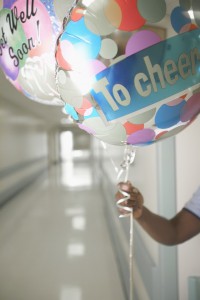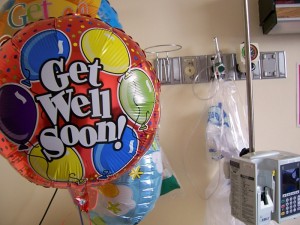I’m getting ready to have reconstruction surgery in Mount Pleasant and the procedure I’m having consists of the tissue being taken from my abdominal area. How long is the recovery period for this procedure versus having the tissue taken from my back?
If the tissue from the abdomen is being transferred as a DIEP flap, you will probably require 4 – 8 weeks for recovery, of which less than one week will probably be spent in the hospital (usually 4 days in our practice). If the tissue is being transferred as a pedicled TRAM flap (in which your abdominal rectus muscle is sacrificed to carry blood for the flap), the time quoted by your surgeon for recovery may be about the same, but some patients may complain of discomfort for considerably longer periods. With either procedure, some patients will heal faster, and some will heal more slowly, not surprisingly.
When you say tissue is taken from your back, I assume you mean a latissimus muscle flap will be used. This is generally done in conjunction with a prosthetic implant being placed, as the latissimus muscle rarely has enough bulk to make a breast by itself. Generally speaking, a reconstruction using the latissimus is easier to recover from than one using the abdomen, because the latissimus is not used constantly for activities such maintaining posture and breathing. Additionally, at least two other muscles, the teres major and the pectoralis major, have functions which strongly overlap the function of the latissimus, and they are able to “take over for it” to some extent. There are no muscles which duplicate the function of the rectus abdominus quite as closely.
Do you have breast reconstruction questions you want answered? Submit them here and get personal answers, straight from our doctors!!








